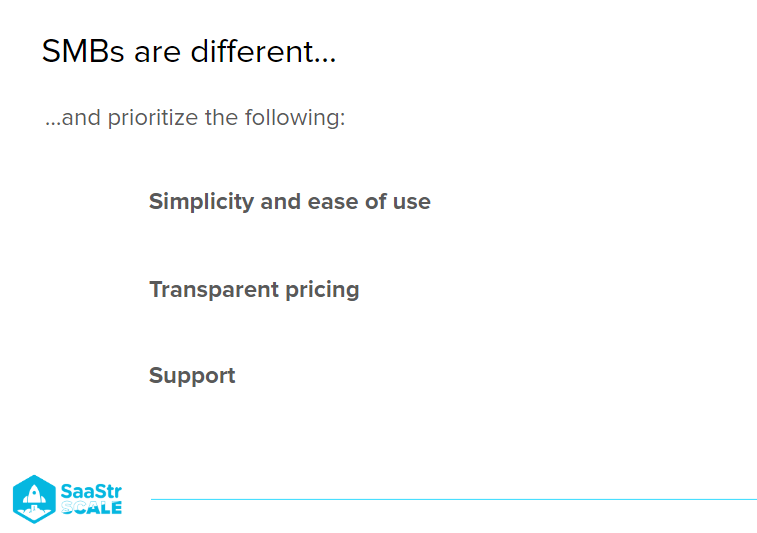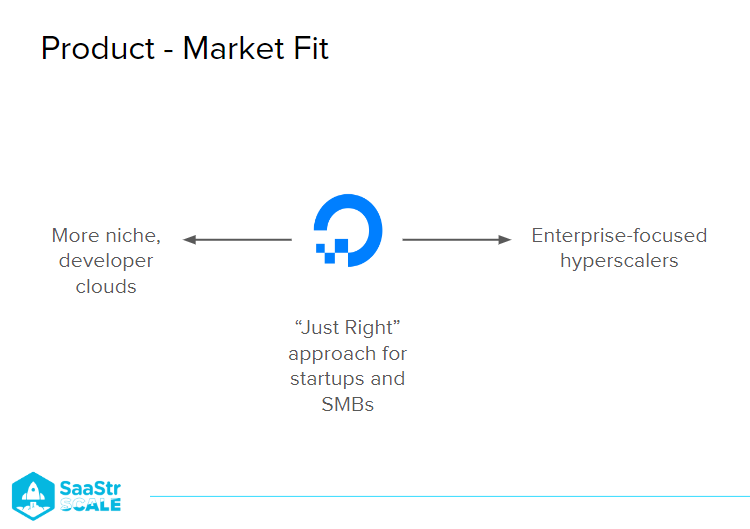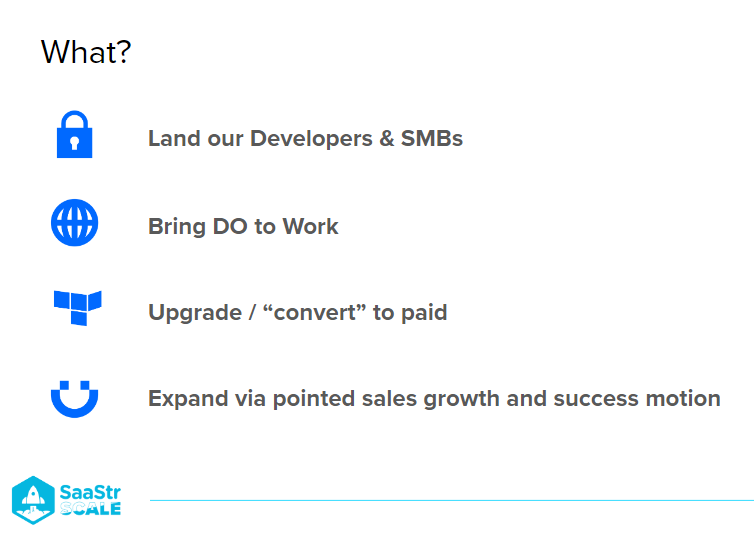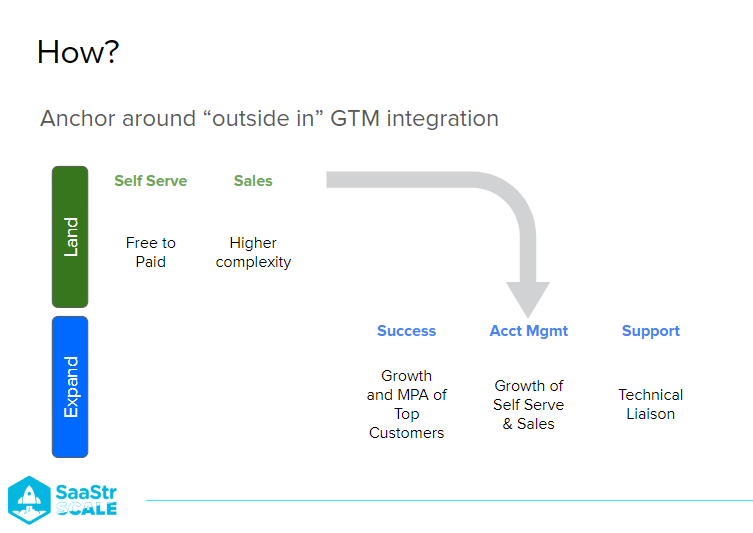Every business wants to catapult to success and become profitable. Having a unique product doesn’t guarantee that users will buy it, but it starts with building an initial user base and expanding it further. You need to identify a niche in the current market, make yourself known, understand your main differentiators, and offer your users a ton of value for their money. DigitalOcean has done that and grown beyond $150M in revenue in Q3 2022.
Cliff Bockard, Senior Vice President of Revenue at DigitalOcean, joined us at SaaStr Scale to discuss how businesses can serve SMBs and still bring in large numbers of revenue.
Market understanding
Not everyone wants to use your product—internalize this first. Not all products are made for enterprise customers. It’s a waste of time to try to get everyone interested. Instead, focus on understanding your target market.
The best way to achieve product-market fit is to study your audience as early as possible and comprehensively overview customer segments in your niche. Examine the potential customer segments, their buying patterns, and external triggers that compel your customers to take action. After that, figure out which of these segments benefits the most from using your product.
DigitalOcean has been the “just right tool for SMBs and startups”. So, they’re not diluting their efforts by going towards the “hyperscaler enterprise customers” or “niche developer clouds.” DigitalOcean has driven growth by continuously serving its customers—SMBs and Startups—by adding the products they want and need. Expanding from IaaS (infrastructure as a service) products only in 2012, their business is now spread over 10 unique products, including PaaS (platform as a service) and serverless options.

As a result, they achieved $640M+ in ARR, a 41% increase in ARR YoY, and a 7% increase in revenue YoY. As of December 2022, DigitalOcean serves over 620,000 customers in over 185 countries.
“SaaS products that know the dynamics of their market have an advantage in positioning their product and serving their customers.”
Selling to SMBs
Selling to SMBs differs from selling to corporate clients and large organizations. SMBs have cash flow constraints and work with fewer resources and smaller teams. They need to get their infrastructure up and running quickly.
SMBs usually prioritize simplicity, ease of use, transparent pricing, and support. Reciting a long list of product features and benefits isn’t wrong, but your product should be simple and easy to use. SMBs have restricted budgets. Transparent pricing makes their life easier than going on sales calls every day only to find out that your product is not financially viable for them.

Customer service and support teams are essential in serving SMBs. Since SMBs need an answer to their requests or technical issues faster, both customer service and support teams should help customers get as much value from the product as possible, which should happen in an integrated way. If you can demonstrate timely support, you’re more likely to be selected over your competitors.
“The easier you can make your product seem, the more valuable you’ll be to your customers.”
Self-serve vs. sales-driven product experience
Building a great product is hard. Getting people to try it is even more challenging.
Even if most of your users prefer to explore the products on their own terms, many will need assistance from your end before they become paying customers. Enter sales-driven product experience: A growth approach that uses your sales reps to guide qualified leads and close deals.

DigitalOcean brings in over 30,000 customers per month via self-serve (i.e., exploring DigitalOcean products without having to call support or a sales rep.) The self-serve approach removes the barrier of talking to a sales representative for your customer—helping your business save time and ramp up customer acquisition.
“Regardless of how invested you’re in a self-serve model, you’ll likely add a human touch and sales team at some point.”
Both self-serve and sales-driven growth models have varying benefits. Whatever path you prioritize, you need to remember that SMBs—just like enterprise buyers—expect great and frictionless digital support experiences. Nobody is willing to wait and jump through lead forms to test your product.

Key takeaways
- Don’t be afraid to look beyond enterprise customers. As you switch to SMBs, be wary that they expect different value propositions, so invest in understanding their journey and problems.
- Align your GTM to your customer’s journey rather than what you think it should be. Because customers care about solutions that solve problems and make their life better in some way.
- Prioritizing your customers’ success and earning their trust will boost your growth. Your ability to earn customer trust depends on your ability to provide customers with the value they expect.
The post Big Numbers from Small Customers: How DigitalOcean Accelerated at Scale with DigitalOcean Senior Vice President of Revenue Cliff Bockard (Pod 621 + Video) appeared first on SaaStr.
via https://www.aiupnow.com
Amelia Ibarra, Khareem Sudlow
